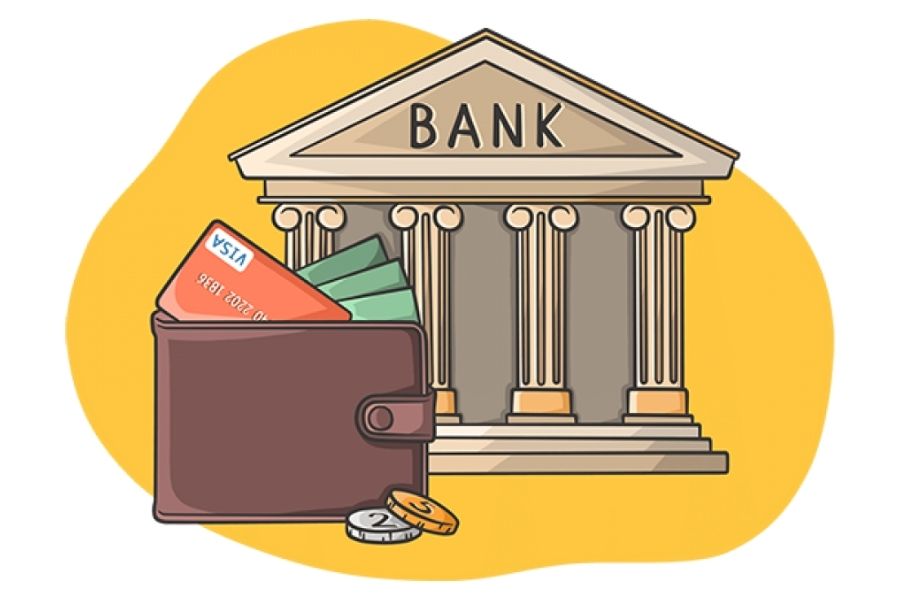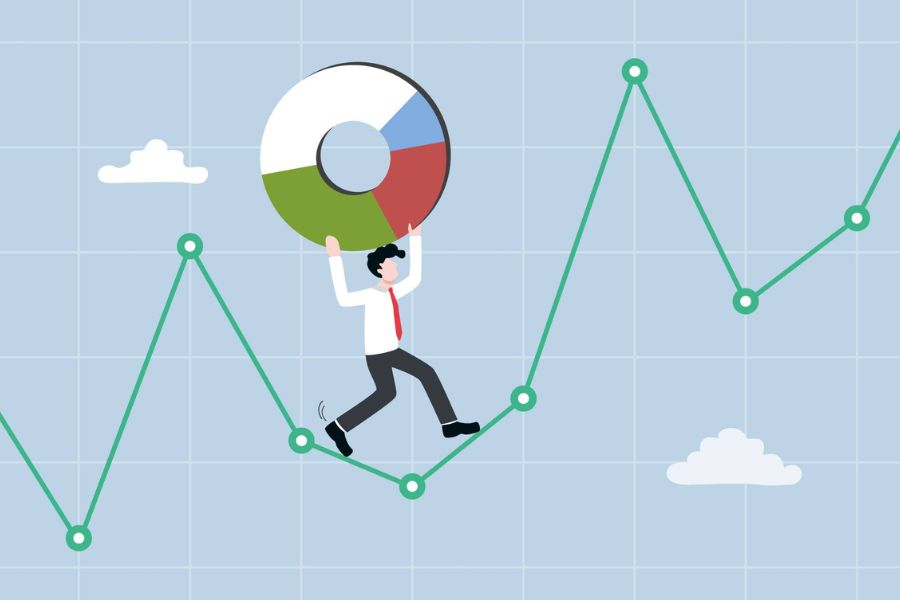
Introduction
When it comes to investing, there’s no shortage of options. You’ve got the tried-and-true bank deposits, the exhilarating stock market, and the up-and-coming P2P lending that promises big returns if you’re brave enough. So, how do you choose the right one for you?
Well, that’s where this article comes in. We’re going to break down three popular investment strategies—P2P lending, stock market, and bank deposits—and help you decide which one fits your financial goals and personality. Spoiler alert: There’s no magic bullet, but with the right knowledge, you’ll be able to pick the strategy that aligns with your risk tolerance and life plan. Ready? Let’s dive in.

P2P Lending: The New Kid on the Block
So, what’s all this buzz about P2P lending? It stands for peer-to-peer lending, which means you, the investor, lend money directly to individuals or small businesses through online platforms. No middleman (like a bank) involved—just you and the borrower, striking a deal. Think of it like being the bank, but without the fancy building and the mug of stale coffee.
The Appeal: The big draw here is the potential for high returns. P2P platforms often promise returns in the double digits, which beats the socks off your bank’s measly interest rates. If you’re someone who likes high risk, high reward, this might sound like your cup of tea.
The Risks: But, hold on! It’s not all sunshine and rainbows. P2P lending comes with some serious risks. First off, there’s no guarantee the borrower will pay you back. Defaults happen, and sometimes platforms can’t protect you from them. Plus, many P2P lending platforms aren’t as regulated as traditional financial institutions, which means there might be more scams or shady deals to watch out for.
Who Should Consider It? If you’re a risk-taker who’s okay with losing a bit of your investment, P2P lending might be worth exploring. But keep in mind, it’s not for the faint of heart.

Stock Market: The Old Reliable with a Twist
Next up, we have the stock market, the granddaddy of investing. We’ve all heard the phrase “buy low, sell high,” but what does that really mean? Basically, when you invest in the stock market, you’re buying shares of companies, hoping they grow in value over time. You can either go the individual stock route (picking companies you believe in) or the fund route (buying into ETFs or mutual funds that track a variety of stocks).
The Appeal: Historically, the stock market has offered some of the best long-term returns. If you’re in it for the long haul, the stock market is a fantastic option to help your money grow exponentially through dividends and capital appreciation. Plus, it’s a great way to participate in the growth of the global economy.
The Risks: Ah, but the stock market is no slow and steady ride. It’s volatile, meaning prices can swing dramatically in short periods. One minute you’re riding high with your portfolio, and the next, the market crashes, and you’re holding your head in your hands. That’s why it’s often said, “the stock market rewards the patient investor,” because it’s all about timing and staying the course.
Who Should Consider It? If you’re comfortable with fluctuating values, want to grow your wealth over time, and don’t need immediate returns, the stock market is probably your best bet. But be ready to ride out the storms when they come!

Bank Deposits: The Safe and Steady Option
And now, the old faithful of the investing world—bank deposits. These are your traditional savings accounts, fixed deposits (CDs), and money market accounts where you deposit money and earn a small interest rate. Low risk, low reward.
The Appeal: The main perk here is the safety. Your money is insured (up to a certain amount) by the government, so you don’t have to worry about it disappearing overnight. Plus, it’s liquid, meaning you can access your money whenever you need it. It’s perfect if you’re saving for a short-term goal or just want a place to park your emergency fund.
The Risks: The downside? Low returns. Today’s interest rates are so low that inflation can often eat up your gains. In short, your money might not be growing much at all—if anything, it’s just keeping pace with inflation. But hey, at least it’s safe, right?
Who Should Consider It? If you’re risk-averse and need a safe, stable place to park your cash—whether it’s for an emergency fund or short-term savings—bank deposits are your friend. Just don’t expect them to make you rich.

Comparing P2P Lending, Stock Market, and Bank Deposits
Now, let’s compare these three strategies head-to-head:
- Risk vs. Reward: P2P lending has the potential for big returns but comes with high risk. The stock market offers good long-term rewards but can be volatile. Bank deposits are low risk, but your returns are likely to be low as well.
- Liquidity: Bank deposits and the stock market are relatively liquid (easy to sell or access your money), but P2P lending can be illiquid, as your investment might be locked in for a certain period.
- Returns: Historically, the stock market has provided the highest returns, but P2P lending can offer impressive returns if done right. Bank deposits? Not so much.

How to Choose the Right Investment for You
Choosing the right investment starts with understanding your financial goals, risk tolerance, and time horizon. First, define what you’re investing for—whether it’s short-term gains, long-term wealth growth, or retirement. Assess your comfort with risk: conservative investors may favor bonds or index funds, while those comfortable with volatility might explore stocks or cryptocurrencies. Next, consider your timeline—longer horizons allow recovery from market dips, while short-term goals may require safer, liquid options. Diversify your portfolio to spread risk, and research fees, historical performance, and market trends. Finally, consult a financial advisor if uncertain, and remember: the “right” investment aligns uniquely with your priorities and peace of mind.
